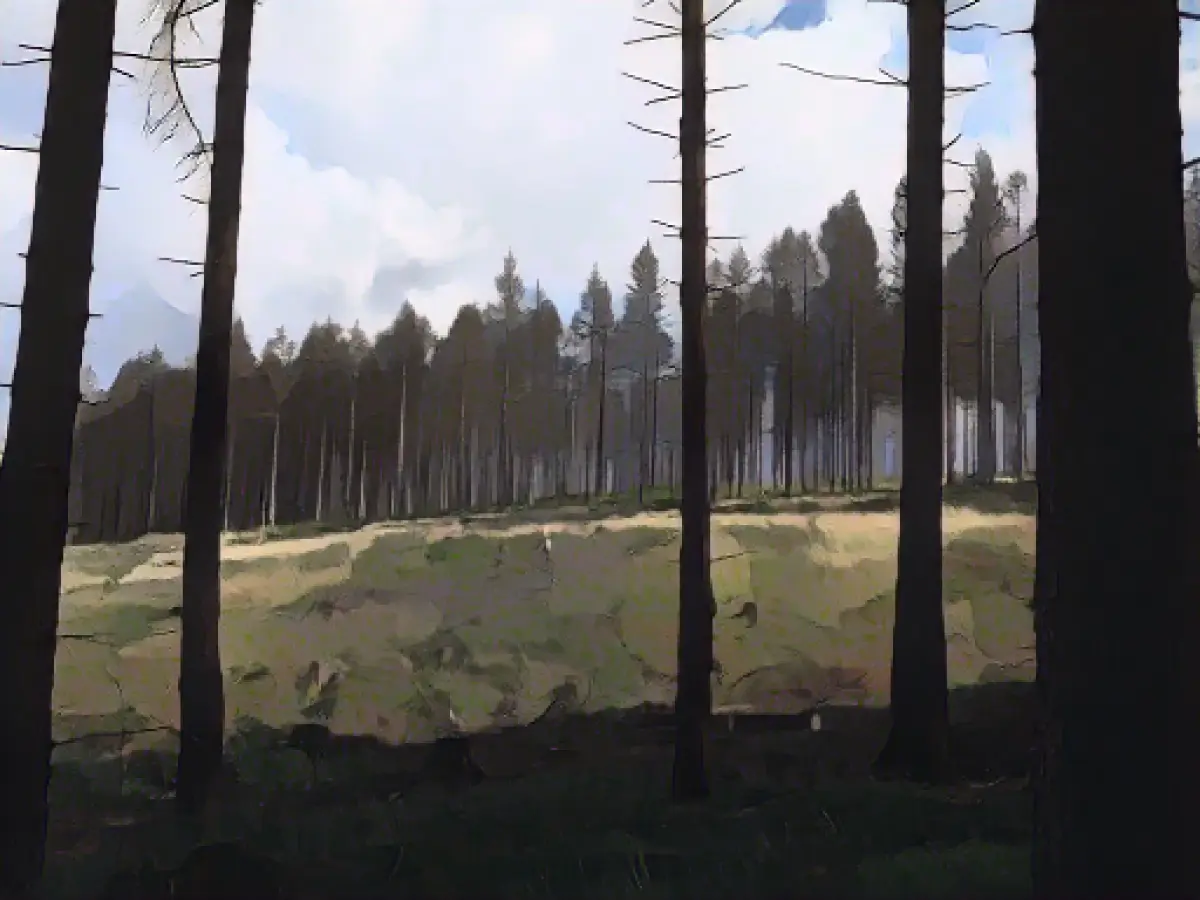Voracious mice threaten Lower Saxony's forests
Mice that eat trees are on the increase in Lower Saxony. The number of so-called short-tailed mice living both above and below ground is increasing, said a spokesman for the Lower Saxony State Forestry Department. Experts from the Northwest German Forest Research Institute in Göttingen had established this. Forest areas in which the bark beetle was active are particularly affected.
Specifically, it is the ground vole, bank vole, shear mouse and field vole that are affected, said the state forestry spokesperson. The State Forests manage Lower Saxony's state forest, which accounts for around a third of the total forest area in the state. According to the report, water voles eat the roots of young seedlings in the winter months when they cannot find as much food. The three other mouse species eat the bark. The trees often die as a result. According to the information provided, the mice actually eat seeds.
The mice particularly like to gnaw on deciduous trees such as beech trees. According to the state forestry spokesperson, they feel really at home in forest areas where trees have died due to drought, storms and the bark beetle and where a lot of grass grows on the ground. In other words, precisely where new, future-proof mixed forest should be created with deciduous trees.
So what can be done? One solution from the point of view of the state forestry department is to mow overgrown areas before planting seedlings. In addition, trees that are planted in spring are less susceptible. And chemical agents could also be used, but only "in the event of an existential threat to plantings".
The increase in forest-dwelling mice, such as ground voles, bank voles, shear mice, and field voles, poses a threat to the environment and nature in Lower Saxony's forests. Their attraction to dying or weakened trees due to drought, storms, and bark beetle infestations disrupts efforts to establish regrowth with future-proof mixed forests, particularly those with deciduous trees like beech trees.
Source: www.dpa.com








